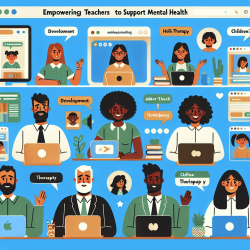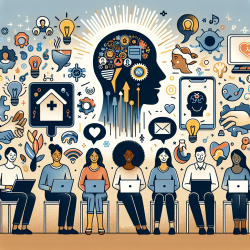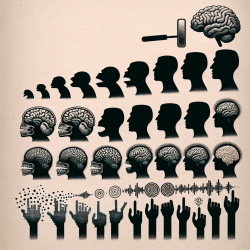In the realm of online therapy, understanding the intricate dynamics of stress is crucial for practitioners aiming to enhance their therapeutic strategies. The research article "Protective and damaging effects of stress mediators: central role of the brain" by Bruce S. McEwen provides invaluable insights into how stress impacts the brain and body, highlighting both its protective and damaging effects.
Stress, while often viewed negatively, plays a dual role. On one hand, stress hormones like cortisol and adrenaline help the body adapt to challenges, a process known as allostasis. However, chronic stress leads to "allostatic load," causing wear and tear on the body and brain, potentially leading to diseases.
Key brain regions such as the hippocampus, amygdala, and prefrontal cortex undergo structural changes in response to stress. Acute stress can enhance certain brain functions temporarily, but chronic stress can lead to detrimental effects like reduced hippocampal volume, which is linked to cognitive impairments and mental health issues.
For online therapy practitioners, integrating the findings from this research can significantly improve client outcomes. Here are some practical applications:
- Stress Assessment: Regularly assess clients' stress levels and identify chronic stressors. Use questionnaires and self-report tools to gauge allostatic load.
- Personalized Interventions: Tailor interventions based on individual stress responses. Cognitive-behavioral techniques can help reframe stressors and develop healthier coping mechanisms.
- Neuroplasticity Exercises: Encourage activities that promote brain health, such as mindfulness, physical exercise, and adequate sleep, which can counteract the negative effects of stress on brain structure.
- Holistic Approach: Address lifestyle factors contributing to stress, including diet, social support, and work-life balance. Educate clients on the importance of maintaining a healthy lifestyle to reduce allostatic load.
Encouraging further research and continuous education in the field of stress and brain health is also essential. Staying updated with the latest findings allows practitioners to refine their therapeutic approaches and offer evidence-based care.
To read the original research paper, please follow this link: Protective and damaging effects of stress mediators: central role of the brain.










